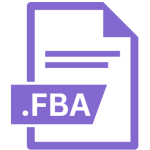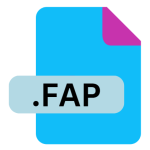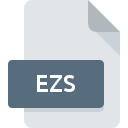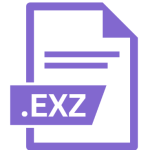.DLD File Extension
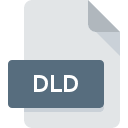
EdLog Compiled Program
| Developer | Campbell Scientific |
| Popularity | |
| Category | Executable Files |
| Format | .DLD |
| Cross Platform | Update Soon |
What is an DLD file?
The .DLD file extension is associated with EdLog compiled programs. EdLog is a programming language designed for educational purposes, particularly in the context of robotics and automation.
The .DLD files are generated when EdLog code is compiled, encapsulating the program’s logic into a format that can be executed by the hardware or software environment for which it was intended.
These files play a crucial role in educational robotics, providing a means to test and deploy code efficiently.
More Information.
EdLog was developed as part of the educational initiatives aimed at making programming accessible to younger students and beginners. The language itself was inspired by LOGO, which was known for its turtle graphics and educational focus.
The initial purpose of the .DLD file format was to serve as a bridge between the human-readable EdLog scripts and the machine code that could be executed by educational robots and other devices.
The evolution of the .DLD file format reflects the advancements in educational technology and the growing complexity of the hardware used in educational settings.
As robotics and automation became more sophisticated, the .DLD file format had to adapt to accommodate new features and capabilities.
Origin Of This File.
The .DLD extension originates from the need to compile EdLog code into a format suitable for execution on specific hardware platforms, primarily in educational settings.
EdLog, a derivative of LOGO, was created to provide a simplified programming environment for students learning about robotics and automation.
The .DLD file format was developed to support this environment by converting high-level EdLog scripts into a machine-readable format.
File Structure Technical Specification.
The .DLD file structure is designed to be compact and efficient, focusing on translating EdLog code into a format that can be directly interpreted by educational hardware.
While specific details of the file structure may vary depending on the hardware platform and EdLog compiler used, the general characteristics include:
- Header Information: Contains metadata about the file, such as version information, target hardware specifications, and any compiler-specific data.
- Compiled Code: The core of the .DLD file, this section contains the compiled instructions that correspond to the EdLog commands. This is typically represented in a binary format, optimized for quick execution by the target hardware.
- Data Sections: May include additional data such as configuration settings or resources needed for the program to run correctly on the hardware.
The technical specifications of .DLD files are closely tied to the capabilities of the hardware they are designed to work with. This means that the file format must be compatible with the processor architecture and memory constraints of the target device.
How to Convert the File?
Converting .DLD files generally involves reversing the compilation process, which is not always straightforward.
If you need to convert a .DLD file back to EdLog code or to a different format, you will typically need specialized tools or software provided by the developers of the EdLog environment. These tools might include:
- Decompilers: Some EdLog environments might provide decompilers that can convert .DLD files back into EdLog code, though this process might not always produce a perfect recreation of the original source code.
- Conversion Utilities: In some cases, there may be conversion utilities available that can transform .DLD files into other formats supported by different educational tools or hardware platforms.
It is important to note that not all .DLD files can be easily converted or decompiled, especially if they have been optimized for specific hardware or if proprietary formats are used.
Advantages And Disadvantages.
Advantages:
- Efficiency: The .DLD file format is optimized for quick execution on educational hardware, ensuring that compiled programs run efficiently.
- Compact Size: By compiling EdLog code into a binary format, .DLD files are typically smaller and more manageable than the original source code, which is beneficial for devices with limited storage.
- Error Reduction: Compiling EdLog code into .DLD files helps reduce errors that might occur during execution of uncompiled scripts, as the code is checked and optimized during the compilation process.
Disadvantages:
- Platform Dependency: .DLD files are often tailored for specific hardware platforms, which can limit their portability. A .DLD file compiled for one type of educational robot may not be compatible with another.
- Limited Readability: Since .DLD files contain compiled code, they are not human-readable. This makes debugging and modification of compiled programs more challenging compared to working directly with EdLog source code.
- Toolchain Dependency: The creation and manipulation of .DLD files require specific tools and compilers, which may not be readily available or compatible across different operating systems.
How to Open DLD?
Open In Windows
- On Windows, .DLD files can typically be opened using the EdLog development environment or specific software tools designed for the educational hardware in question. Ensure that you have the necessary software or drivers installed to work with .DLD files.
Open In Linux
- On Linux systems, working with .DLD files may be more challenging due to limited support for educational hardware. You might need to use emulators or virtual environments that can run the required software.
Open In MAC
- Similar to Windows, .DLD files on macOS will require compatible software provided by the EdLog or hardware manufacturer. If no direct support is available, you may need to use virtual machines or compatibility layers to run the necessary software.
